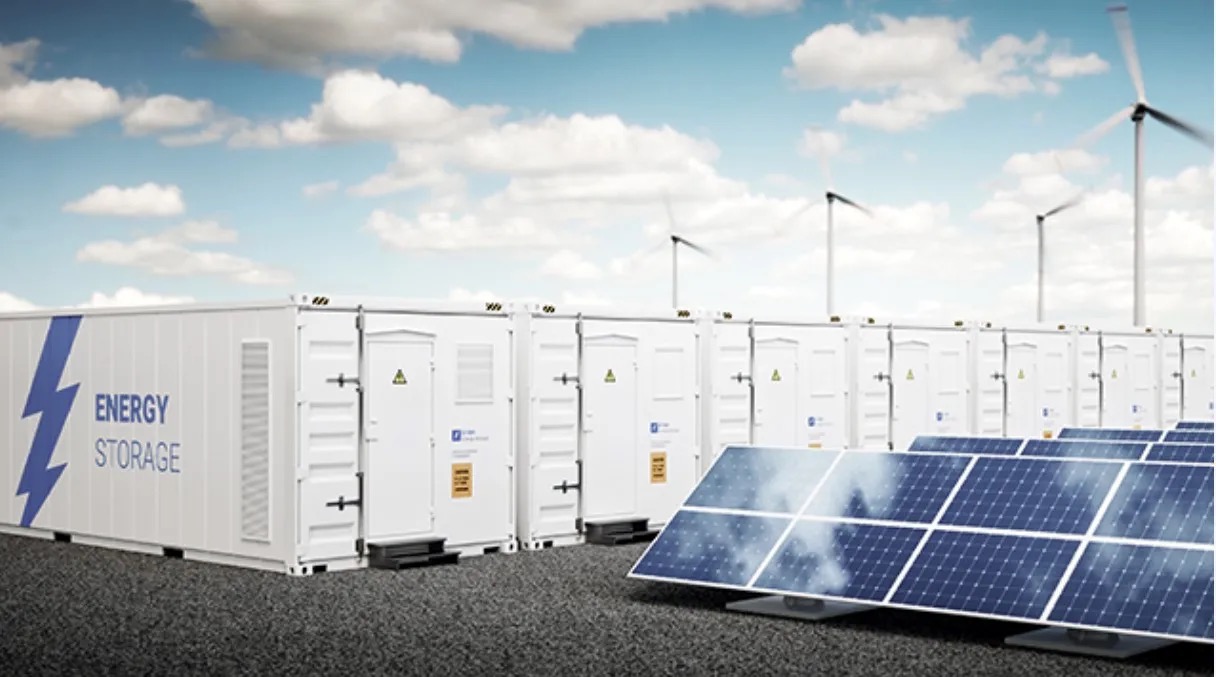By Enersider Desk | New Delhi
Ola Electric on Thursday said it has forayed into the country’s Rs 1 lakh crore battery energy storage systems market, which is projected to grow to over Rs 3 lakh crore by 2030.

The company has launched Ola Shakti, its first residential Battery Energy Storage System (BESS) solution.
“India doesn’t face an energy shortage; it faces an energy storage opportunity. With Ola Shakti, we are turning that opportunity into energy independence,” Ola Electric CMD Bhavish Aggarwal said.
Earlier this week, Aggarwal had hinted at a major announcement on October 17, suggesting the company’s entry into the segment.
In a tweet, he had stated that power in India is transitioning “from utility to deep tech – intelligent, portable, and personal”, signalling a potential shift beyond the company’s core electric vehicle business.
Established in 2017, Ola Electric Mobility Limited has swiftly become a major player in the electric vehicle (EV) industry. The company specializes in manufacturing electric vehicles and essential components, such as battery packs, motors, and vehicle frames, at its state-of-the-art Ola Futurefactory.
Energy Storage System (ESS) is emerging as an essential part of the evolving clean energy systems of the 21st century. Ambitious goals, concerted strategies, and a collaborative approach could help India meet its emission reduction targets while avoiding import dependency for battery packs and cells. This could help establish India as a hub for cutting-edge research and innovation, boost its manufacturing capabilities, create new jobs, and foster economic growth.
Creation of a conducive battery manufacturing ecosystem on the fast track could cement India’s opportunity for radical economic and industrial transformation in a critical and fast-growing global market.
India is committed to reducing emission intensity up to 33-35% from the 2005 level by 2030 and set the target of 40% non-fossil fuel based electricity generation in the energy mix.
This requires radical measures to scale up the share of renewable energy (RE) besides the ongoing program of 175 GW RE by 2022. The new targets for RE by 2030 could be in the order of 350 to 500 GW.
Energy storage is going to play a critical role in grid integration and management of RE as the share of RE in the grid increases.
India Smart Grid Forum (ISGF) prepared an Energy Storage System Roadmap for India for the period 2019 to 2032 (till 15th Five Year Plan period) with the primary objective of estimating the ESS requirements for grid support for integration of RE into the grid – both at extra high voltage transmission grid where large solar and wind farms are connected; as well as at medium voltage and low voltage distribution grid where rooftop solar panels and other small size RE resources are connected. In this important task, ISGF partnered with India Energy Storage Alliance (IESA) and the project was supported through a grant by MacArthur Foundation, USA.
Image Source: RatedPower
Also Read: Ola Electric sharpens festive focus with faster deliveries, sustains profitability push
nergy Storage Alliance (IESA) and the project was supported through a grant by MacArthur Foundation, USA.
Also Read: Ola Electric sharpens festive focus with faster deliveries, sustains profitability push







